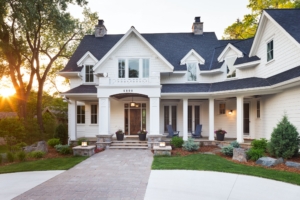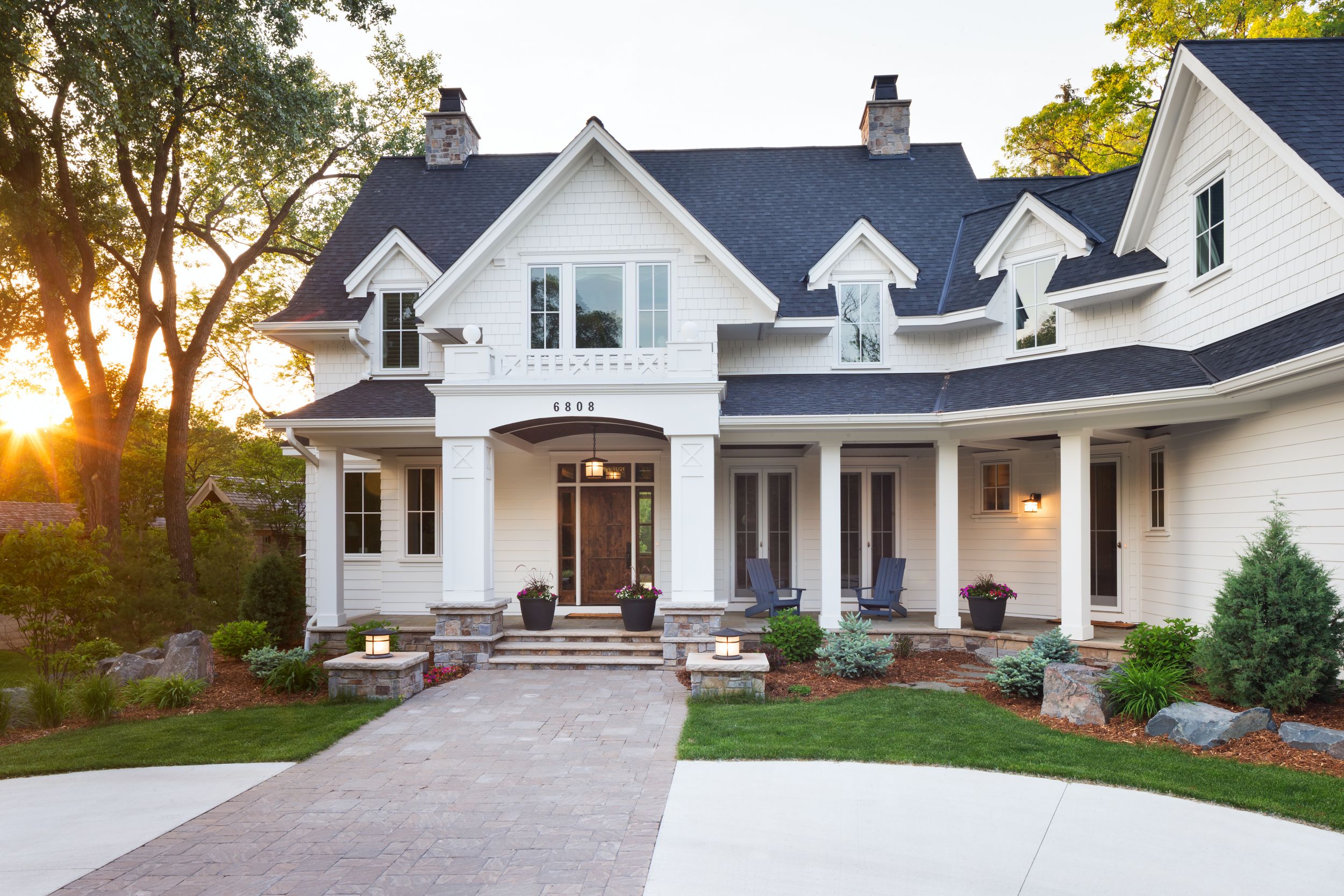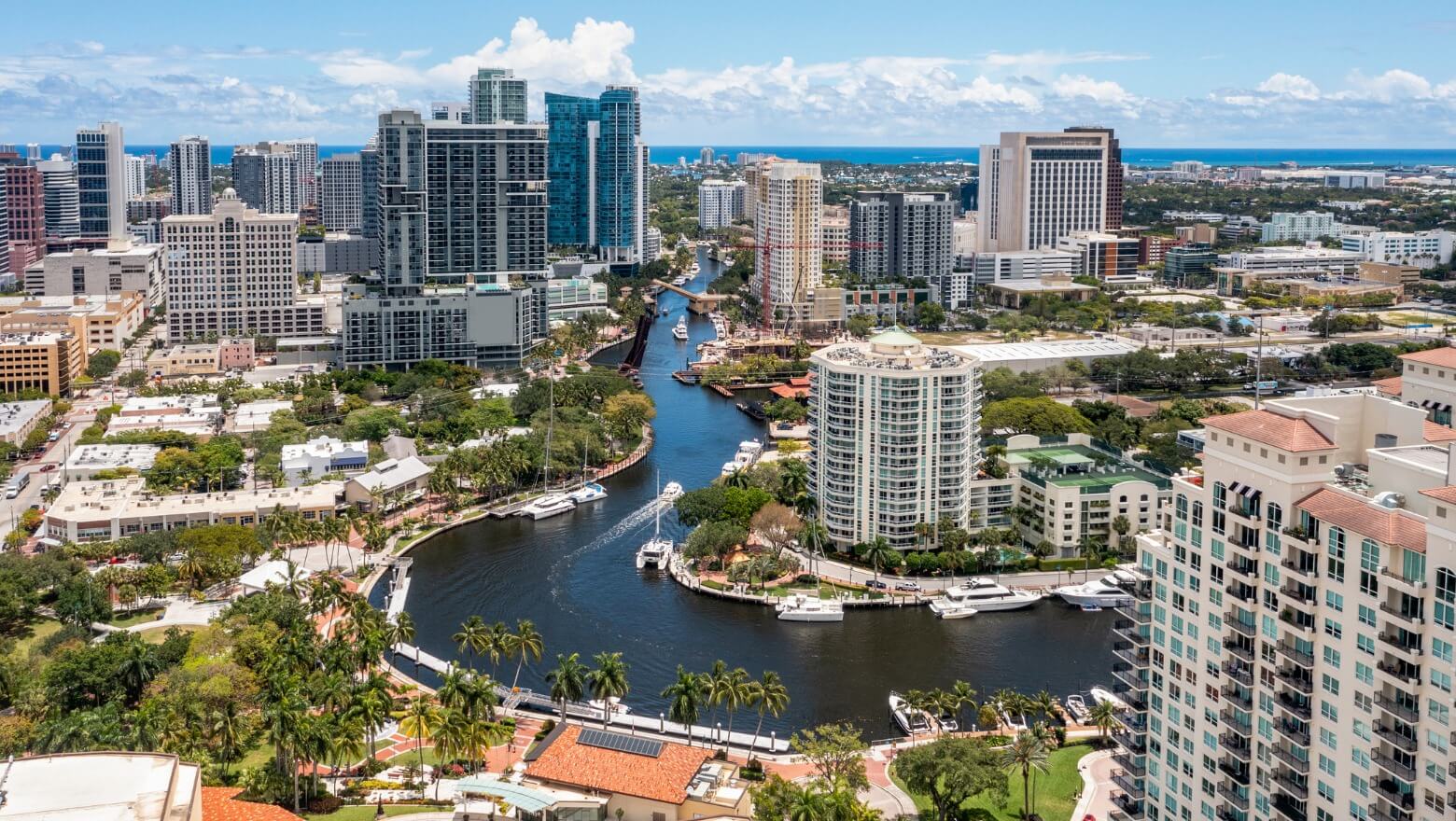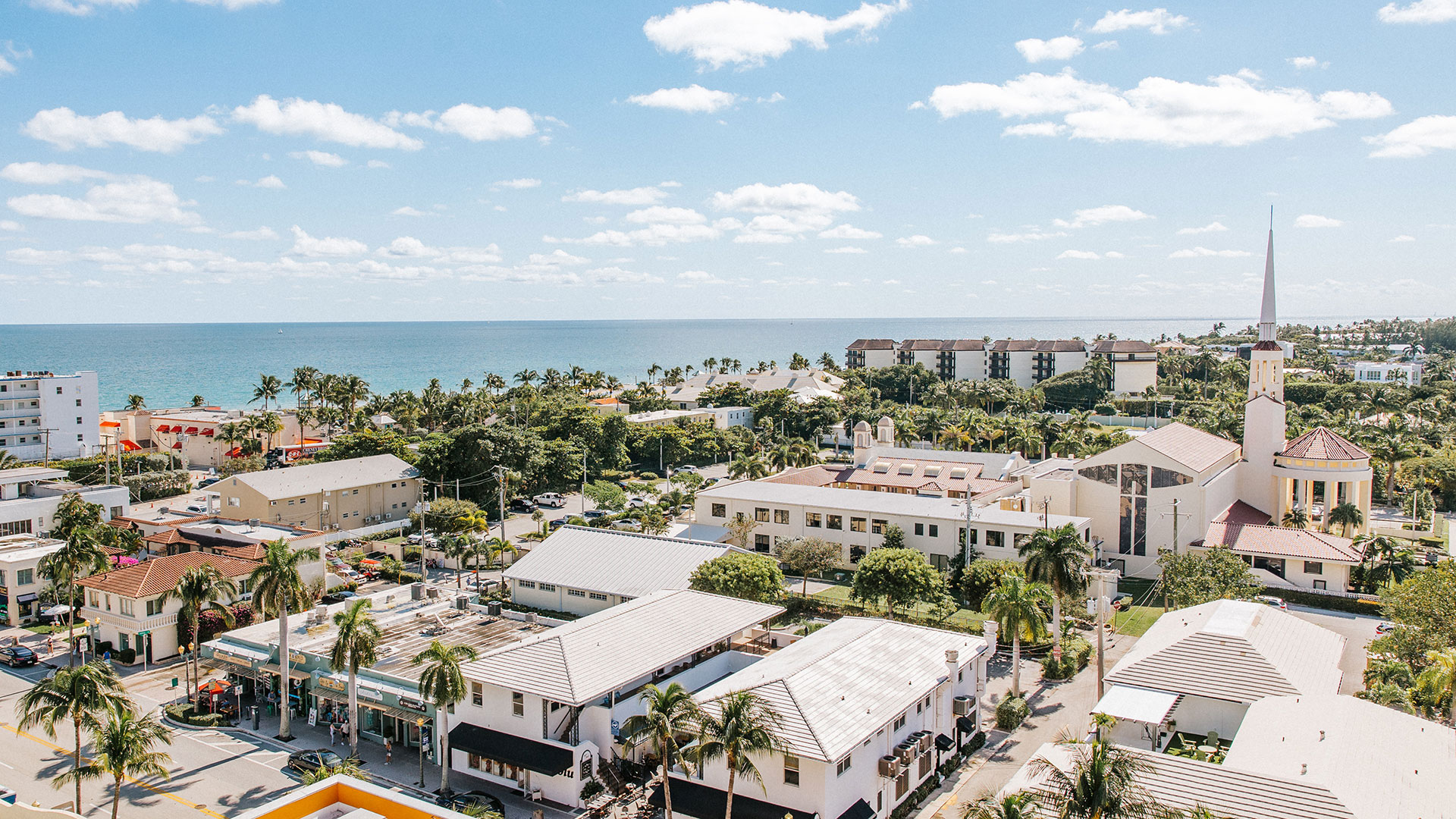America's Wealth Surge: The 1% Could Purchase Almost Every U.S. Home
Unprecedented Wealth Concentration: America's Housing Market Within Reach of the Elite
In a striking illustration of America's growing wealth gap, recent data analysis reveals that the combined net worth of the nation's wealthiest 1% has reached a staggering $49.2 trillion – nearly equivalent to the total value of all residential properties across the United States, estimated at $49.7 trillion as of late 2024.
This remarkable wealth milestone provides a powerful visual representation of economic inequality in America. The top 1% – approximately 1.3 million households with net worth exceeding $11.2 million each – now control enough wealth to theoretically purchase nearly every home in the country without incurring debt, while millions of Americans struggle to afford even a single property.
"The scale of wealth concentration has reached unprecedented levels," explains Chen Zhao, Redfin Economics Research Lead. "What makes this comparison particularly revealing is that this elite group could hypothetically acquire virtually the entire American housing stock without financing, while everyday Americans face mounting challenges in both purchasing and retaining homeownership."
The Divergent Paths of Wealth and Housing Assets
The trajectories of total U.S. home values and the net worth of the top 1% have followed similar patterns over the past two decades, though with notable periods of divergence. During the 2000s, aggregate home values exceeded the wealth of the top percentile, but this relationship reversed following the housing crash and global financial crisis, with the wealth gap widening throughout most of the 2010s.
A temporary narrowing occurred in early 2020 when pandemic-induced stock market volatility impacted high-net-worth individuals, whose fortunes are typically more closely tied to market performance. However, the subsequent market recovery fueled an even more dramatic expansion of wealth at the top.
What makes this comparison particularly revealing is the composition of wealth across different economic tiers:
- For the top 1%: Real estate represents just 12.3% ($6.1 trillion) of their overall wealth portfolio, with most assets in financial investments that have appreciated as rapidly as or faster than real estate.
- For the bottom 50%: Housing comprises a dominant 46.4% of their total net worth, highlighting their heavy reliance on home equity as their primary wealth-building vehicle.
Debt Burden Disparity Highlights Systemic Advantages
The contrast in mortgage debt levels across wealth brackets further illuminates structural economic advantages enjoyed by the wealthy:
| Wealth Percentile | Total Real Estate Value | Total Mortgage Debt | Debt-to-Value Ratio |
| Top 1% | $6.5 trillion | $411.5 billion | 6.3% |
| Bottom 50% | $4.9 trillion | $3.1 trillion | 63.3% |
This stark contrast – with the bottom half of Americans carrying a debt burden proportionally ten times higher than the top 1% – demonstrates how the wealthiest can maximize appreciation on their real estate holdings without the offsetting burden of significant mortgage interest payments.
"The ability to purchase properties with cash provides the ultra-wealthy with a significant competitive advantage," notes Zhao. "They can build wealth through real estate appreciation without the financial drag of interest payments that most Americans must shoulder."
The Ultra-Wealthy Could Purchase America's Major Metros
Even more striking is the concentration of wealth among the ultra-wealthy – the top 0.1% of American households. This exclusive group, comprising just 134,000 households with minimum net worth of $46.3 million each, commands a collective $22.1 trillion in assets – enough to purchase every home in America's 25 most populous metropolitan areas combined.
These 25 major metro areas represent over 33.5 million homes with a combined value matching the wealth of this tiny fraction of Americans. The top five metro areas by aggregate home value include:
- New York, NY: $2.43 trillion (2.32 million homes)
- Los Angeles, CA: $2.18 trillion (2.13 million homes)
- Atlanta, GA: $1.29 trillion (2.56 million homes)
- Boston, MA: $1.28 trillion (1.51 million homes)
- Anaheim, CA: $1.13 trillion (867,692 homes)
Accelerating Wealth Divergence: The Gap Continues to Widen
Perhaps most concerning is the acceleration of wealth concentration at the top. Over just the past two years, the net worth of the top 0.1% has grown by $4.4 trillion – a 24.9% increase. This gain alone exceeds the entire combined net worth of the bottom half of Americans and would be sufficient to purchase every home in Chicago, Atlanta, Boston, and Houston.
In contrast, the bottom 50% saw their collective net worth grow by just $306.3 billion (8.5%) over the same period – a rate nearly three times slower than their ultra-wealthy counterparts.
This disproportionate growth primarily stems from the appreciation of financial assets, which have consistently outpaced wage growth for decades, continuously widening the chasm between those who own significant assets and those who primarily rely on labor income.
Insights: Understanding America's Wealth and Housing Dynamics
Why does the top 1% own a disproportionate share of real estate despite it being a smaller percentage of their overall wealth?
While real estate makes up just 12.3% of the top 1%'s wealth portfolio, they still control 13.4% of all U.S. real estate assets. This ownership concentration exists because their overall wealth is so vast that even allocating a relatively small portion to real estate results in substantial holdings. Additionally, the wealthy often own multiple high-value properties, including primary residences, vacation homes, and investment properties.
How has the pandemic affected wealth distribution in America?
The pandemic initially caused a temporary narrowing of wealth inequality when stock markets declined in early 2020, impacting the asset-heavy portfolios of the wealthy. However, the subsequent market recovery, coupled with unprecedented appreciation in housing values and other assets, has accelerated wealth concentration. Remote work trends drove housing demand in previously affordable markets, further benefiting those who already owned multiple properties while pricing out many first-time buyers.
What are the implications of this wealth concentration for the average American?
The growing concentration of wealth creates multiple challenges for average Americans. Housing affordability becomes increasingly difficult as more properties are purchased by investors or the wealthy, often without financing requirements that would otherwise constrain prices. Additionally, as financial assets continue to outpace wage growth, the wealth-building potential for those without significant inherited assets or high incomes becomes increasingly limited, potentially creating a self-reinforcing cycle of inequality.
Does owning versus renting impact the wealth gap?
Absolutely. Homeownership has historically been America's primary vehicle for middle-class wealth creation. As housing becomes less affordable and more concentrated among the wealthy and investors, more Americans are forced to remain renters. This shift prevents them from building equity and benefiting from property appreciation, widening the wealth gap over time. The bottom 50% of Americans have nearly three-quarters of their real estate value offset by mortgage debt, limiting their ability to build substantial net worth through homeownership.


